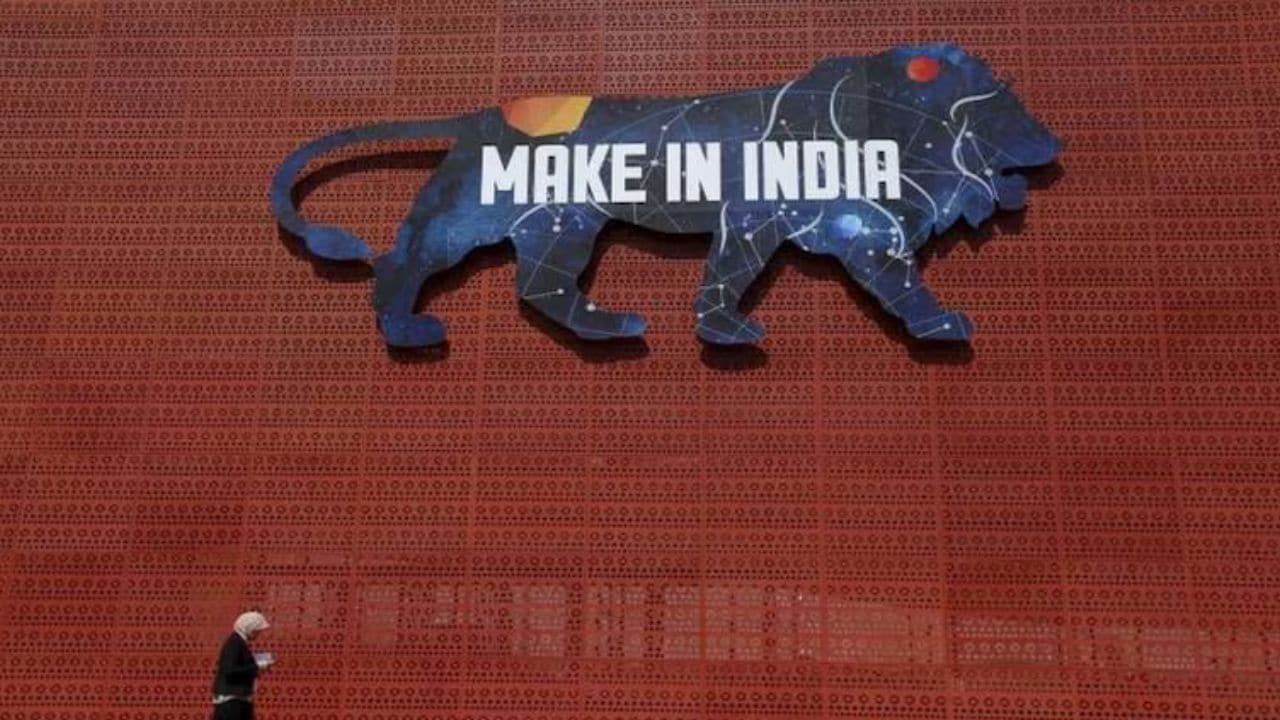India is aiming to safeguard its electronics manufacturing ecosystem from China, Thailand and Vietnam with the help of a new production-linked incentive (PLI) scheme for electronics components, which is currently in the works.
The scheme will try to attract key component players from China, South Korea, Taiwan and the US, which largely have manufacturing facilities in China, to set up manufacturing units in India, officials told Moneycontrol.
“It is true that a substantial portion of component manufacturers are located in China. There are companies from South Korea, Taiwan and the US. We want to bring them to India to develop a decent component ecosystem here,” a senior IT ministry official said.
India is reportedly targeting electronics manufacturing worth $300 billion by 2026, of which $18 billion could be for components.
The government’s goal is to bring a substantial portion of components for mobile handsets to India with the help of the new PLI scheme, which will likely have an outlay of around Rs 20,000 crore. To be sure, the exact quantum of the scheme outlay will be decided after consultations with industry stakeholders.
“We want to bring significant components in the Bills of Material (BoM). We want domestic value to increase significantly from the current 15 percent. For this, we want to put a scheme together and have asked for suggestions from the industry through consultation,” the official said.
A BoM is a complete list of raw materials, assemblies, subassemblies, parts and components, as well as the quantities of each needed to manufacture a product.
Another senior ministry official said that the government wants to protect the electronics manufacturing ecosystem, enabled by the two PLI schemes for mobile handsets and IT hardware.
“We know the difference electronics manufacturing has made to the ecosystem and the jobs it created. It is a big deal. If we want that to continue, we have to protect it. And protection happens if you have competitiveness, which comes not just from the labour part but also from increasing the supply of components from India,” he added.
The Ministry of Electronics and IT (Meity) had asked the industry to submit a comprehensive list of electronics components, with a focus on broadening the components manufacturing ecosystem.
It also seeks to identify the challenges and barriers to facilitating local manufacturing of these components.
‘Heavy scrutiny of Chinese companies a hindrance’
The first official said the government wants to grow the domestic component ecosystem besides attracting foreign players. “We have home-grown capacity, too. We have an industry which has been doing this…we also want it to grow.”
In a letter to the ministry on February 6, Xiaomi said that the Indian government needs to work on “confidence-building” measures to encourage component suppliers to set up operations locally.
It also told the ministry that the government’s heavy scrutiny of Chinese companies has made smartphone component suppliers wary about setting up operations in India.
“Currently, there are challenges, undoubtedly. And there are processes to clear investments from companies from neighbouring countries, especially China. There have been cases of Chinese investments which have also been cleared. I know it’s a difficult route. There are genuine government concerns, and we need to look at them,” the first official said, responding to Xiaomi’s concerns.
The official also added that the government has put in a mechanism to provide swifter visa approvals for manufacturers from China.
